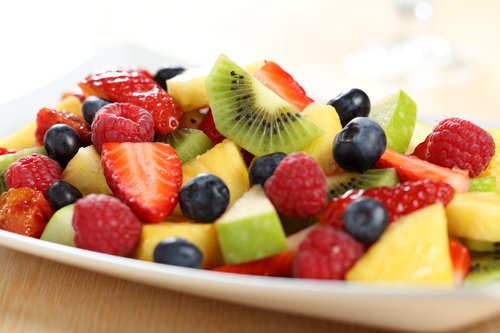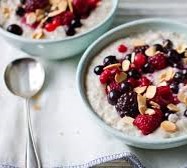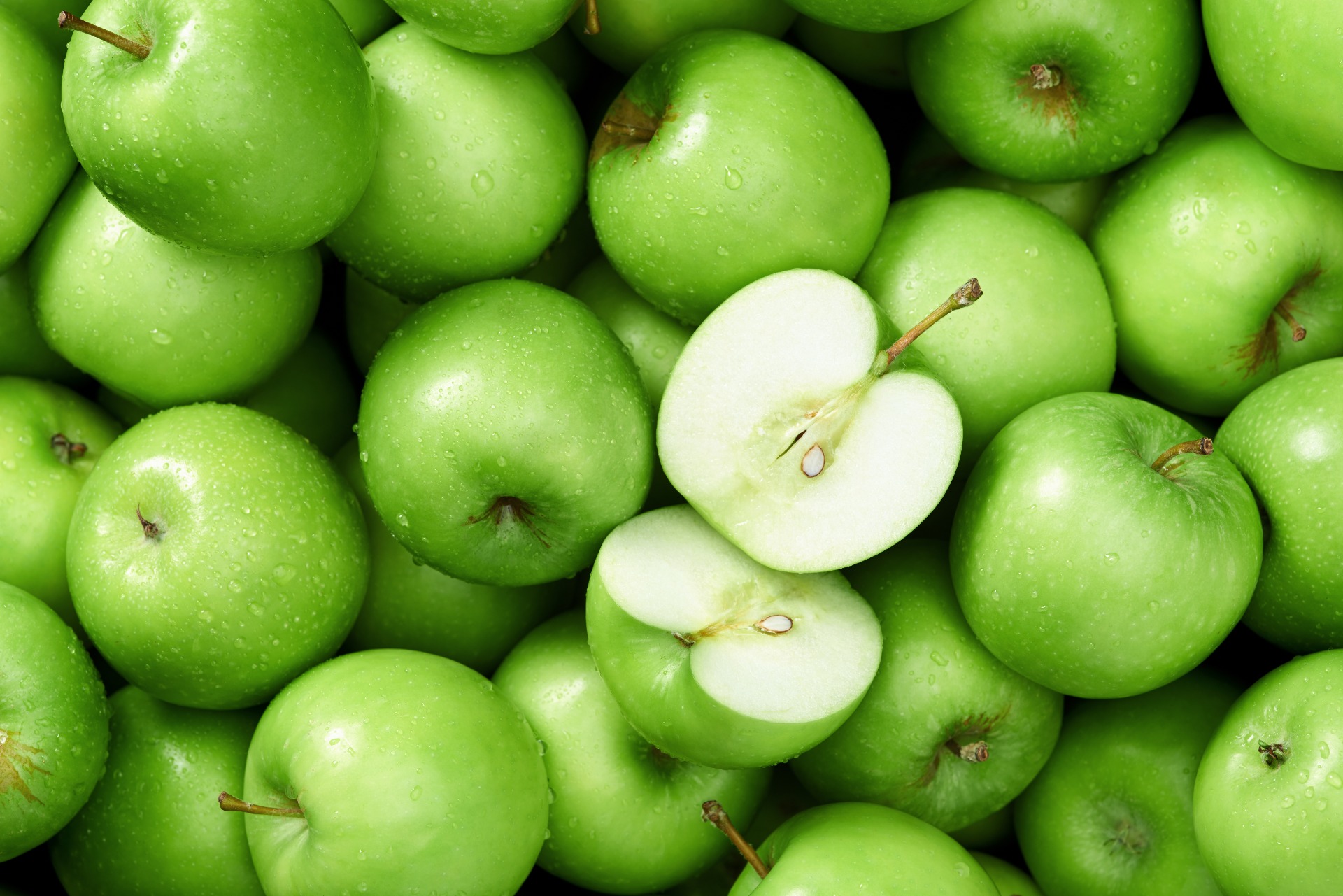Is it okay for people with diabetes to eat fruit?
Fruit and Type 2 Diabetes
We know that eating fruit and vegetables is good for us. Eating a diet high in fresh fruit and vegetables reduces the risk of developing many chronic health conditions including: type 2 diabetes, high blood pressure, heart disease, stroke, obesity and some cancers.
For most people diagnosed with diabetes they understand that increasing the variety of vegetables in their diet is important. However, some people are not so convinced when it comes to including fruit.
Many people think that as diabetes is related to raised levels of sugar (glucose) in the blood, and fruit contains sugar, that fruit must be bad for you if you have diabetes. The message that they shouldn't eat fruits because they contain sugar, is often reinforced by well-meaning friends, family and internet nutrition 'experts'.

So the big question we are often asked is ...........
"Is it okay for people with diabetes include fruit in their diet?"
The answer is, an unequivocal YES!
The next question is almost always ..........
"So what fruits am I allowed to have?"
The answer is, any fruit that you enjoy.

Different types of fruit contain varying amounts of natural sugar, but they also contain important nutrients including vitamins, minerals and fibre.
The concern about eating fruit stems from a number of factors: the amount of sugar in different fruits, their glycaemic index (GI) , and their glycaemic load (GL). We encourage our clients not to get too wrapped up in these confusing concepts.
Successfully managing diabetes involves long-term control of a number of factors. These factors include not only blood glucose but also blood pressure, blood lipids (fats) and weight. Eating a varied diet rich in nutritious foods, including fruits and vegetables, plays an important role in managing diabetes.

If you are looking manage blood glucose levels by reducing your carbohydrate intake, it's best to start with reducing the intake of foods and drinks like soft drinks, cakes, biscuits, chocolate and other processed foods that contain added sugars, fats and salt. It is highly unlikely that having a couple of serves of fruit each day will be the main cause for high blood glucose levels.
Current recommendations for all Australians, including those living with diabetes, are to eat 2 pieces of fruit per day. At Pulse, we recommend spacing these serves throughout the day. An easy way to think about a serve size of fruit is roughly what can fit into the palm of your hand:

- 1 medium - apple, banana, orange, pear
- 2 small - kiwi fruit, plums or apricots
- 1 cup of berries or diced fruit
The benefits of eating fruit to help manage diabetes
- Fruits are high in nutrients and many fruits are high in fibre and water content.
- Fibre helps to slow the digestion and absorption of sugar into the blood.
- Fibre helps us to feel fuller for longer which helps with weight management.
- Getting enough fibre is important for gut health and maintaining regular bowel habits.
- Fruit can help to satisfy a craving for something sweet without resorting to junk food
- Fruit tastes great.
But what about the glycaemic index?
The first thing we need to understand is that the glycaemic index is NOT a measure of how healthy a food is.
It is simply a score (between 0 to 100) that carbohydrate containing foods are given based on how quickly and how they break down into glucose and enter the blood stream. The faster a food enters the blood stream (higher GI score) the more likely it is to cause a spike in blood sugar levels. The rise in blood sugar levels is also dependent on the amount of the food eaten.
Low GI foods have a GI of less than 55
Medium GI foods have a GI between 55 and 70
High GI foods have a GI greater than 70
Common low GI fruits include:
apples avocados bananas berries cherries grapefruit
grapes kiwifruit mandarins nectarines orange peaches
pears plums strawberries
Common medium GI fruits include:
figs papayas pineapples rockmelon
Common high-GI fruits include:
dates watermelon
Importantly, most fruits have low to medium GI, because of their fructose and fibre content, so
therefore do not lead to a sharp rise in blood glucose levels. The glycaemic Index of a food can be affected by various
factors including; ripeness, processing and cooking method. A little-known fact is that even within foods
there is great variability, for example where a food is grown can affect its
GI.
Lowering GI with food combinations:
When a carbohydrate containing food is combined with other nutrients, like fibre, fat, and protein, the break down is even slower, causing the carbohydrates to enter the blood stream at an even slower rate. Why not try these amazing combinations:
Apple & Peanut Butter Melon & Prosciutto Watermelon & Fetta
So, what exactly does Glycaemic Load mean?
The Glycaemic Load (GL) takes into account the Glycaemic Index and total amount of carbohydrate (grams) in a serving of food.
If a food has a low GI but contains a lot of sugars - it's GL may be high. Conversely, if a food has a high GI but contains very little sugar - it's GL will be relatively low.
This is how the Glycaemic Load is calculated:
Glycaemic Load = Glycaemic Index X carbohydrate content (grams) / 100
A Glycaemic Load less than 10 is low
A Glycaemic Load between 11-19 is medium
A Glycaemic Load greater than 20 is high
Unless you are managing your diabetes with insulin (and need to count your carbs) we recommend not getting wrapped up in the numbers - it's just really confusing. Some fruits do have more sugar than others, and some are absorbed into the bloodstream more quickly than others, but that doesn't mean you should avoid eating fruit if you have diabetes.
We are very happy to help with individualised nutrition advice to help manage diabetes. Please click on the link below to find out how we can help you.
mmm
What about fruit juice and dried fruit?
It's no surprise that as dietitians we would like everyone to eat their fruit rather than drink it. So, our number one recommendation is to eat fresh (or frozen) fruits.
Fruit juices, even 100% juice with no added sugar, are high in natural sugars and most (if not all) of the fibre has been removed. Meaning they are absorbed quickly and may cause your blood glucose levels to spike. A glass of juice can be the equivalent of 3 - 4 times the equivalent serves of whole fruit. The recommended serve size of fruit juice is 125mL, which is half a metric cup.


Because dried fruits have had the water removed, the sugars
are concentrated. This means the serve
sizes are small and it is very easy to overindulge. The recommended serve size of dried fruit is 30g. This is the equivalent of ~1 ½ tablespoons of
raisins or 4 pieces of dried apricot.
Also, if you are going eat tinned fruit, try to buy the fruit in natural juice (not syrup) with no added sugar. The serve size of tinned fruit is approximately 1 cup of drained fruit.
For the people who like their facts - what does the science say?
Evidence shows that among people with diabetes higher fresh fruit consumption is associated with lower HbA1c, oxidative stress, blood pressure (Jenkins, Hedge 2013,) and lower risk of CVD (WHO, Jenkins et al 2010), major vascular complications, and death (Duo et al 2017, Chan et al 2012 Zhu 2011).

Tips for enjoying a variety of fruits:
- Add berries or banana to your porridge or cereal
- Pop grapes in the freezer for a refreshing treat
- Add fruit to your salads
- Freeze bananas for a delicious smoothie
- Berries and chia seeds make a fast and nutritious pudding
The wrap up:
An overall healthy diet plays an important role in managing type 2 diabetes. At Pulse Dietetics we understand how confusing all of this contradictory nutrition advice can be. Fruit is a healthy snack that is an important part of a balanced diet and provides us with important nutrients and fibre. For people living with diabetes, it is recommended to consume two serves a day. We recommend spreading out your fruit serves across the day.
Our advice is not to get too wrapped up in the numbers and just enjoy your fruit.
If you would like help managing your diabetes, please contact us. We are happy to help.

